The first volume of fairy tales that the Brothers Grimm penned together was completely ill-suited for children. Apart from containing overt sexual elements (along with themes of abuse and incest), some stories, like “Hans Dumm,” framed an act of sexual assault as a ghastly wish-fulfillment trope. Thankfully, “Hans Dumm” was removed in its entirety in later editions, which were also heavily sanitized until they morphed into the child-friendly versions we’re currently familiar with. However, these stories still carry vestiges of these age-inappropriate themes, embedded into the heart of characters who turn to some form of violence to express human folly.
“Cinderella” is no different, as it essentially equates beauty with goodness of heart, while contextualizing the absence of (traditional) beauty in the stepsisters by casting them in a morally reprehensible mold. The original Grimm folio of “Cinderella” takes this sentiment further by making the evil stepsisters cut off their toes/heels in an attempt to fit into the glass slipper: an act reflecting the noxious beauty standards that Cinderella inadvertently benefits from.
However, the moral center of “Cinderella” — as with most mainstream fairy tales — has now been watered down to a rather bland good vs. bad dichotomy. As the stepsisters mistreat Cinderella and take advantage of her innate goodness, it is tempting to view their fates as fitting karmic retribution, instead of scrutinizing the complex attitudes toward beauty and its relationship with pain.
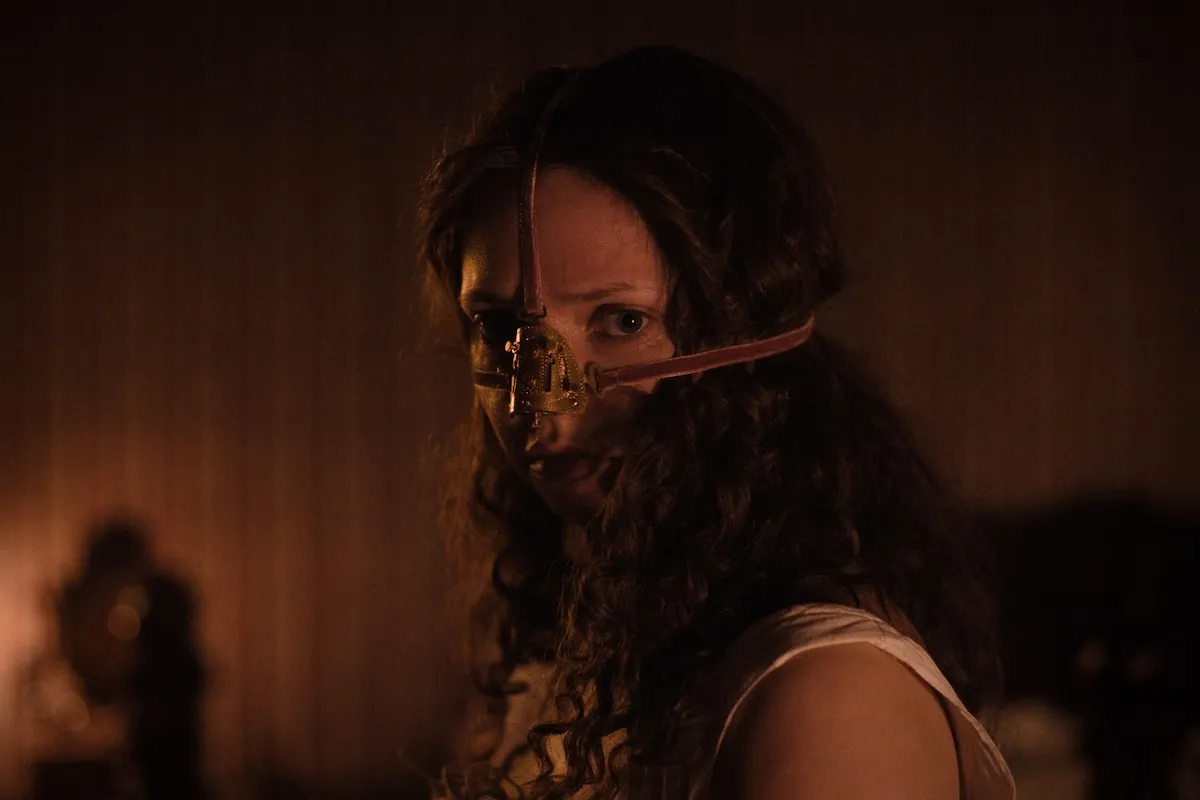
This is where Emilie Blichfeldt’s “The Ugly Stepsister” (Original title: Den stygge stesøsteren, 2025) comes in, taking this age-old fable and returning it to its grotesque, violent body horror roots. A “Cinderella” story that doesn’t exclusively revolve around the titular character, “The Ugly Stepsister” rips the facade of shallow morality apart and digs deep into the void of stomach-churning terror.
Blichfeldt opens the film with a beautiful, vibrant dream of romantic bliss, where Elvira (Lea Myren) is in the arms of the handsome Prince Julian (Isac Calmroth). The dream, however, shatters as quickly as it takes form, as Elvira is reminded that she isn’t as traditionally beautiful as her stepsister Agnes (Thea Sofie Loch Næss), our Cinderella stand-in who suffers acutely after her father’s sudden demise. It also doesn’t help matters that Elvira’s conniving mother (Ane Dahl Torp) will stop at nothing until she remakes her daughter into a picture of perfection, no matter the cost.
As Agnes is mostly relegated to housekeeper duties in her own mansion, Elvira gears up to take her place in every respect, but such aspirations demand painful makeovers, including a rather excruciating version of a medieval nosejob and a life-endangering eyelash surgery. Even when Elvira fakes her smiles in social settings while literally contorting her appearance for societal validation, she is insulted and belittled at every turn, constantly reminded of her so-called ugliness. Desperate to sculpt a body that fits into narrow, pretty corsets, Elvira chooses to ingest a tapeworm egg that is supposed to hatch in her stomach and eat everything she eats. Perhaps the saddest aspect of this bone-chilling act is that Elvira is completely blind to the bleak implications of doing so, as underlined by her interaction with her little sister, Alma (Flo Fagerli).
Comparisons with David Cronenberg have been inevitably made, as Blichfeldt lists the legendary director as the primary influence behind her body horror tale. These comparisons are only skin-deep, as Cronenberg’s brand of body horror sinks its hooks into the soul of such pertinent themes, directly linking psychological impulses to the grotesquerie of the flesh. A film like “Videodrome” would be utterly hollow without its heartbreaking pathos and scathing commentary on our obsession with hyper-realities, where man and machine merge until they morph into an aberrant single-cell organism.
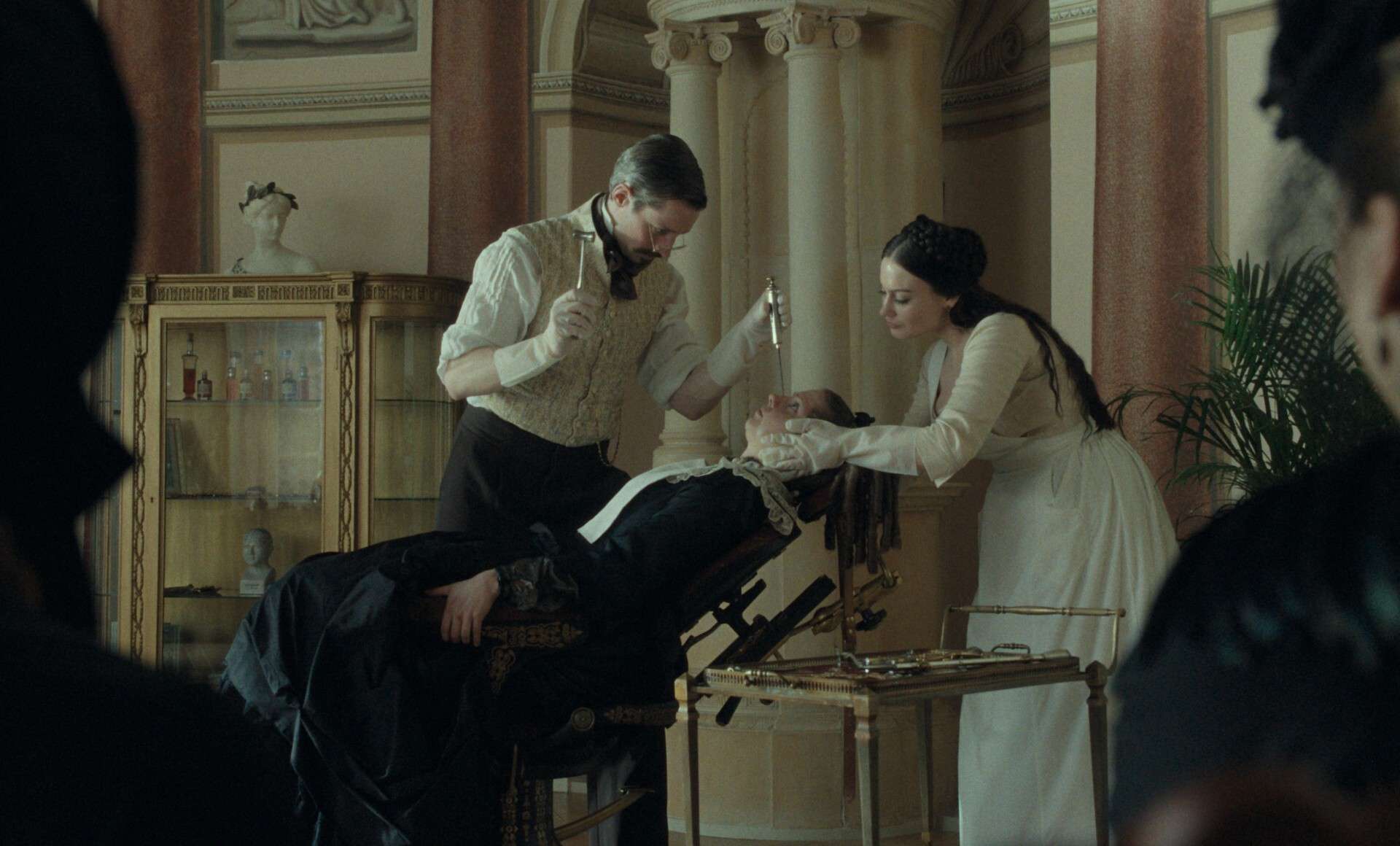
While Cronenberg is more interested in the layers beneath the flesh, Blichfeldt centers on the shock value of chopped limbs and rotting bodies, along with the squeamish premise of a nutrient-devouring tapeworm calling someone’s body its home. There are limitations to such an ubsubtle approach, but “The Ugly Stepsister” is so rich and uncompromising in its feminist vision that Blichfeldt’s overt symbolism ultimately works well within the frame of a sanitized fairy tale turned on its head.
“The Ugly Stepsister” also cleverly hones in on the men who ultimately benefit from such skewed beauty standards, wielding their ingrained misogyny as brazenly as their bodies, which have never once been policed or scrutinized by society at any point in time. The saccharine (and frankly, terrible) love poems written by Prince Julian are proven to be nothing but a sham, hiding the unsavory underbelly of a toxic culture that thrives on the sexualization/dehumanization of women.
Elvira’s self-effacing efforts to look beautiful for the prince are contextualized against his innate cruelty, but even such ugliness isn’t enough to deter her from pursuing a romanticized ideal. It is only when things take an unspeakably extreme turn that Elvira realizes the extent of the brutality she has wrought upon herself, where she has repeatedly hurt and betrayed herself for nothing.




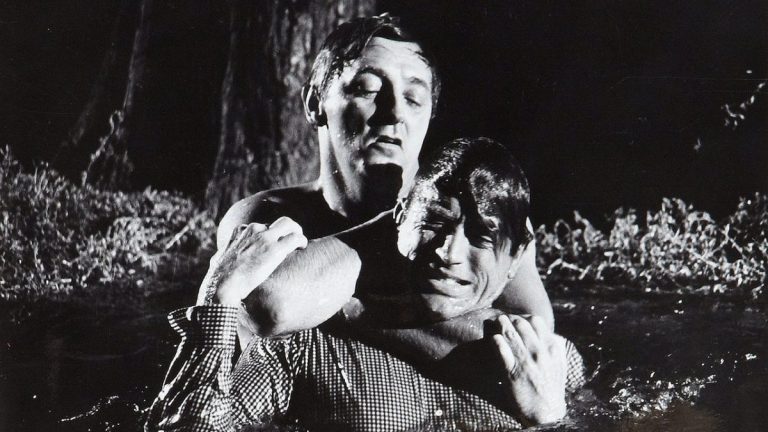
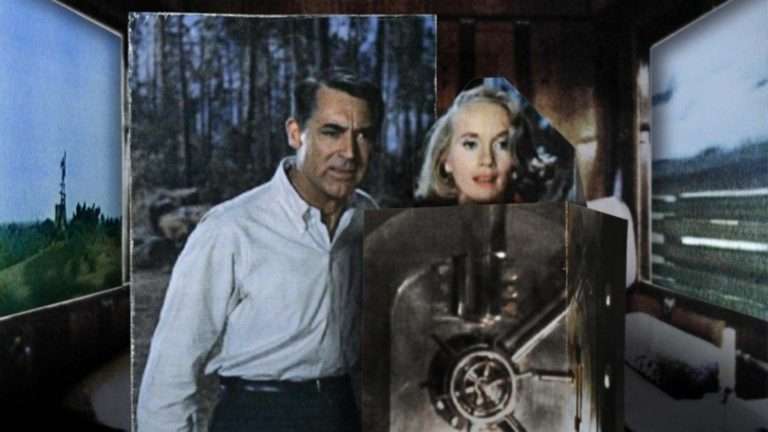
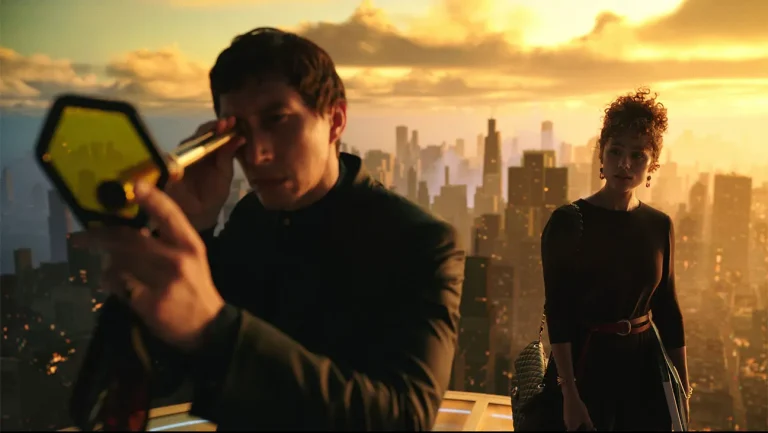

![Lion [2016]: Contaminated Peace of a Lost Child](https://79468c92.delivery.rocketcdn.me/wp-content/uploads/2017/02/Lion-768x513.jpg)